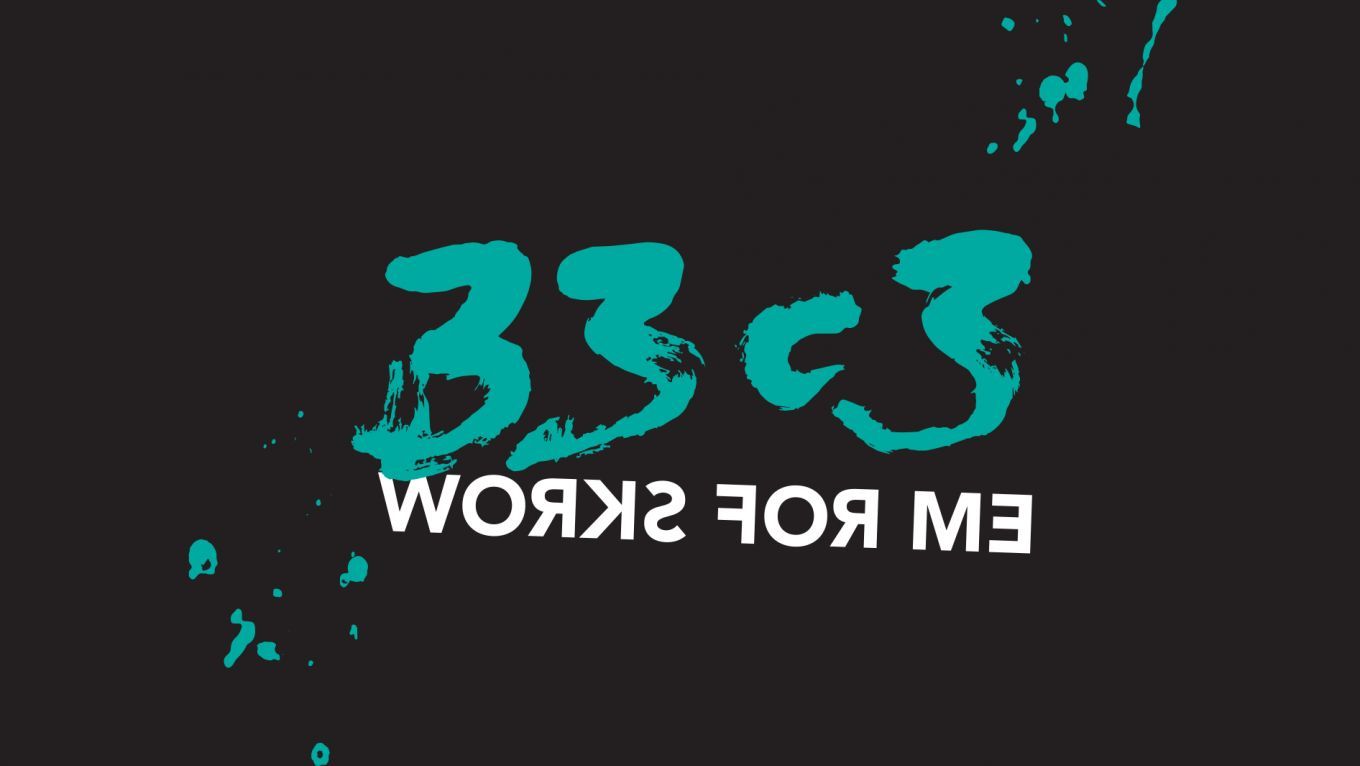Security
Code BROWN in the Air
A systemic update of sensitive information that you sniff from pagers
The talk is about the paging system, an old technology in the 90's, used in healthcare, ICS and government, a systematic review of security impacts that it brought to us in the age of SDR, covering the United States, Canada, England and Japan. By sniffing known pager frequencies in the general vicinity of hospitals, factories and public facilities with a $20 DVB-T, we discovered that not only is pager technology alive and kicking, but much of the traffic is not encrypted, resulting in violation of privacy laws and more importantly, leaks of sensitive information. The talk is not about the protocol nor the hardware device.
Pager was once very popular in the 90's. It did not disappear from the world as cellular technology
phased in, but found a niche market in hospitals, industry control systems, public services and
defense industries where low transmitting power or uni-directional transmission are mandatory. Just like
other old technologies, systematic risk can emerge as new technology, for example SDR, becomes affordable.
It is well known that one can decode POCSAG and FLEX messages with SDR as early as in 2013. After four
months of observation, prudent metadata collection and data analysis, however, the researchers believe that
the extensive use of email-to-pager and SMS-to-pager gateways, along with the unencrypted nature of paging
system, makes it a huge security impact to the users and companies. Workflow software integrated with pagers
can cause a huge leak of personal information. We can fix it only after people are fully aware of the status quo.
The talk is a summary of data analysis and a demonstration of how far passive intelligence using pagers can go,
scenarios including,
Workflow systems in hospitals
Patient tracking
Pharmacy and prescription
Nuclear plants
Power stations
ICS and HVAC in chemical and semiconductor companies
Automation and intelligence in defense sector
SNMP and system monitoring
Interpersonal relationship
If time permits, the researchers will also update the status of paging system used in several European countries.
Additional information
| Type | lecture |
|---|---|
| Language | English |
More sessions
| 12/27/16 |
Certificate transparency - what is it, and what can be done with it?
|
| 12/27/16 |
Hardware is often considered as an abstract layer that behaves correctly, just executing instructions and outputting a result. However, the internal state of the hardware leaks information about the programs that are executing. In this talk, we focus on how to extract information from the execution of simple x86 instructions that do not require any privileges. Beyond classical cache-based side-channel attacks, we demonstrate how to perform cache attacks without a single memory access, as well as ...
|
| 12/27/16 |
PHP-7 is a new version of the most prevalent server-side language in use today. Like previous version, this version is also vulnerable to memory corruptions. However, the language has gone through extensive changes and none of previous exploitation techniques are relevant. In this talk, we explore the new memory internals of the language from exploiters and vulnerability researchers point of view. We will explain newly found vulnerabilities in the 'unserialize' mechanism of the language and ...
|
| 12/27/16 |
Follow the steps taken to crack a conditional access and scrambling system used in millions of TV set-top-boxes across North America. From circuit board to chemical decapsulation, optical ROM extraction, glitching, and reverse engineering custom hardware cryptographic features. This talk describes the techniques used to breach the security of satellite and cable TV systems that have remained secure after 15+ years in use.
|
| 12/27/16 |
Heads is an open source custom firmware and OS configuration for laptops and servers that aims to provide slightly better physical security and protection for data on the system. Unlike Tails, which aims to be a stateless OS that leaves no trace on the computer of its presence, Heads is intended for the case where you need to store data and state on the computer. It targets specific models of commodity hardware and takes advantage of lessons learned from several years of vulnerability research. ...
|
| 12/27/16 |
We analyze the generation and management of WPA2 group keys. These keys protect broadcast and multicast Wi-Fi traffic. We discovered several issues and illustrate their importance by decrypting all group (and unicast) traffic of a typical Wi-Fi network.
|
| 12/27/16 |
We present DROWN, a novel cross-protocol attack on TLS that uses a server supporting SSLv2 as an oracle to decrypt modern TLS connections. Using Internet-wide scans, we find that 33% of all HTTPS servers are vulnerable to this protocol-level attack.
|

